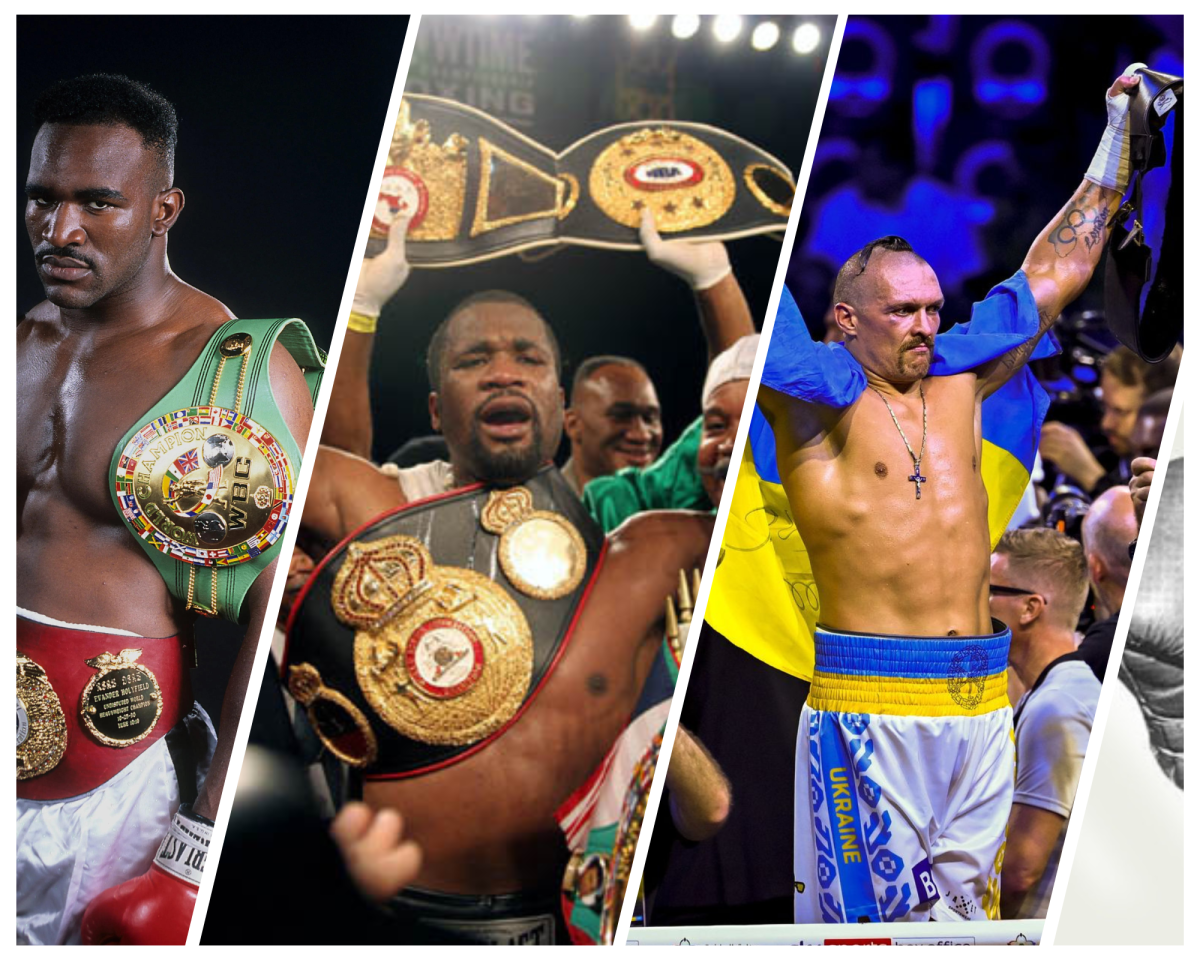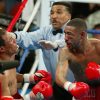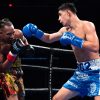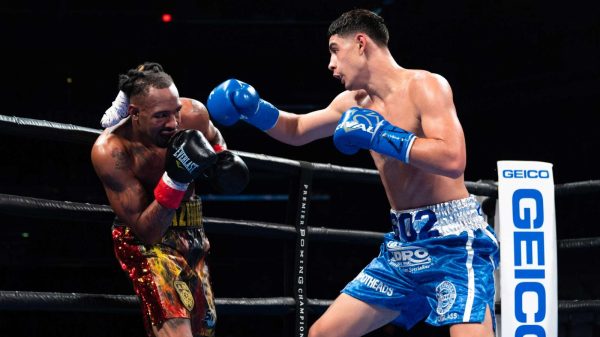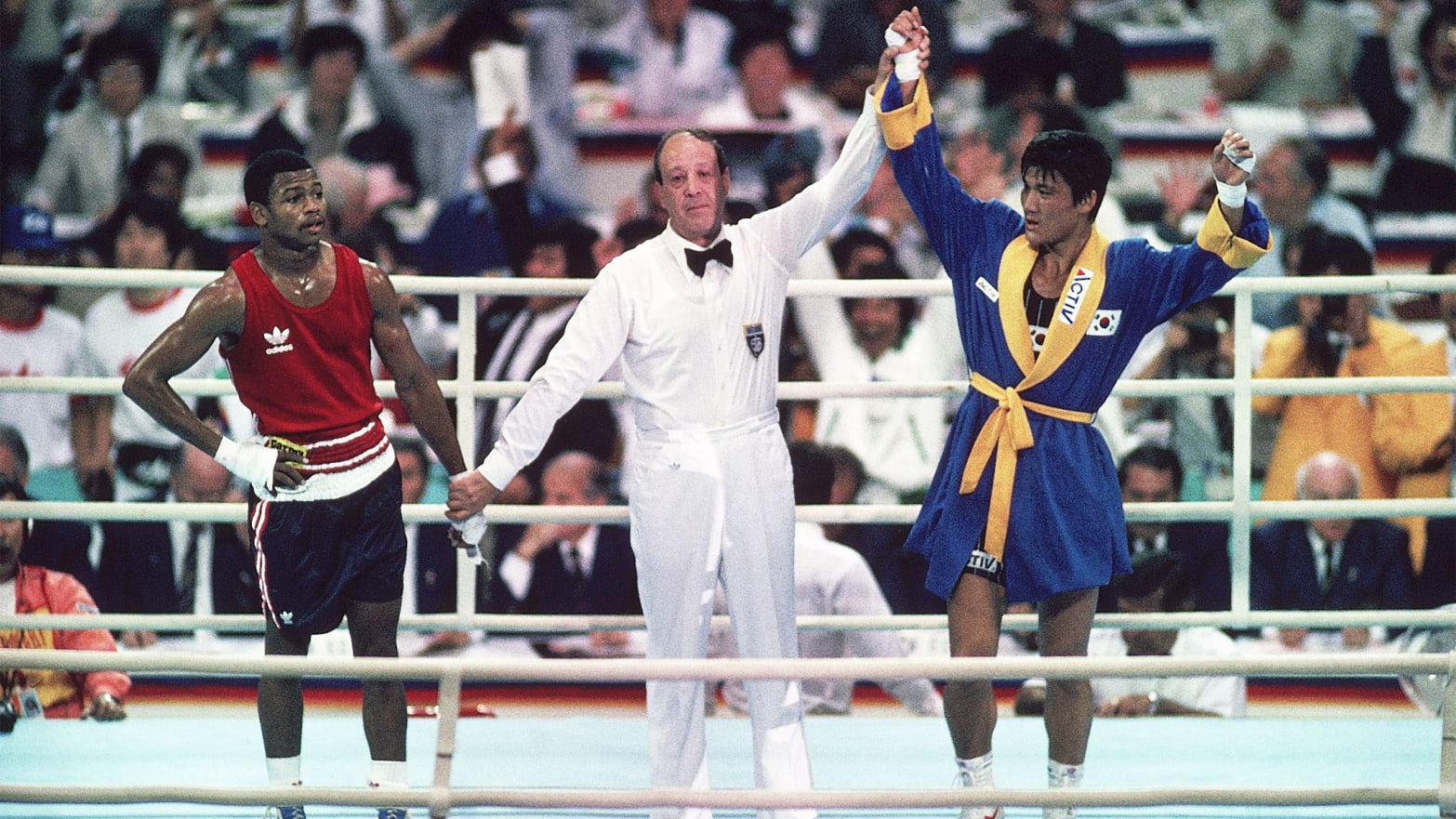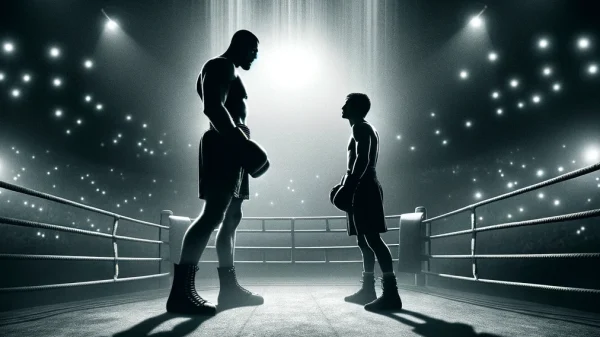The Cruiserweight division, a weight class in professional boxing, has carved out a unique niche within the sport, offering a dynamic blend of speed, agility, and power. Situated between the Light Heavyweight and Heavyweight divisions, cruiserweights typically weigh no more than 200 pounds (90.7 kg) according to most boxing organizations like the World Boxing Association (WBA), World Boxing Council (WBC), International Boxing Federation (IBF), and World Boxing Organization (WBO). However, it’s worth noting that the WBC recently increased its limit to 224 pounds to create a new “Bridger” weight class, aimed at bridging the gap between the traditional Cruiserweight and Heavyweight divisions.
The creation of the Cruiserweight division in professional boxing is a fascinating chapter in the sport’s history, marked by the evolving nature of athletes and the need to accommodate fighters who fell between the established weight classes. Before the Cruiserweight division’s inception, boxers were often pigeonholed into competing in weight classes that didn’t necessarily align with their natural body weight, leading to mismatches in size and power, particularly for those too heavy for the Light Heavyweight division and too light for the Heavyweight division.
Golden Era of Cruiserweights: The 70s and 80s Boxing Chronicles
In the late 1970s and early 1980s, the landscape of professional boxing began to change, with athletes becoming bigger, stronger, and more conditioned. This shift was especially pronounced in the Heavyweight division, where the size and mass of competitors were increasingly beyond the reach of those weighing just over the Light Heavyweight limit of 175 pounds. It became apparent that there was a growing pool of talented fighters who were at a significant disadvantage when facing the behemoths of the Heavyweight class, yet they possessed too much mass to safely cut weight to the Light Heavyweight division. This gap highlighted the need for a new division that would bridge this size disparity and provide a fair and competitive platform for these “in-between” fighters.
The response to this need was the establishment of the Cruiserweight division, initially set with a limit of 190 pounds. The World Boxing Association (WBA) was the first major organization to recognize this new weight class in 1979, with the World Boxing Council (WBC) following suit in 1980. The International Boxing Federation (IBF) and the World Boxing Organization (WBO) later acknowledged the Cruiserweight division, solidifying its place in professional boxing. The creation of the Cruiserweight division was a significant move towards inclusivity, allowing a broader range of athletes to compete at the highest levels of the sport.
Key players in the Cruiserweight division’s early years were instrumental in defining its legacy and demonstrating the division’s value to the sport. One of the most notable figures was Evander Holyfield, who became the division’s first undisputed champion. Holyfield’s success in the Cruiserweight division, marked by his exceptional skill, speed, and power, not only brought significant attention to the weight class but also set the stage for his legendary career in the Heavyweight division. Holyfield’s achievements underscored the Cruiserweight division’s potential as a launching pad for fighters with aspirations beyond their current weight class.
Another pivotal figure in the Cruiserweight division’s history is Carlos De León, who became a four-time WBC Cruiserweight champion. De León’s reign in the division was marked by his resilience and skill, making him one of the most dominant Cruiserweights of his time. His battles within the division showcased the high level of competition and the depth of talent present among Cruiserweights.
The Springboard to Heavyweight Glory
The Cruiserweight division has also been a space for innovation and evolution within boxing. Recognizing the continued growth and physical development of athletes, the WBC, in a pioneering move, increased the weight limit for the Cruiserweight division to 200 pounds in 2003, further accommodating the natural size of modern fighters. This adjustment reflected the ongoing commitment to fairness and competitiveness within the sport, ensuring that the division remained relevant and accessible to a broad spectrum of athletes.
Moreover, the division has served as a critical testing ground for fighters looking to make their mark in the Heavyweight division. The Cruiserweight ranks have produced several notable Heavyweights who first established themselves at the Cruiserweight level. Fighters like David Haye and Oleksandr Usyk used their Cruiserweight careers as a foundation, gaining valuable experience and honing their skills before successfully transitioning to the Heavyweight division, where they achieved significant acclaim.
Reign Supreme: The Journey of Cruiserweight Undisputed Champions
The Cruiserweight division in professional boxing has been a stage for some of the sport’s most thrilling battles and illustrious champions. Becoming an undisputed champion in this fiercely competitive division means holding all major titles simultaneously – a feat that requires skill, determination, and resilience. This essay highlights the remarkable achievements of the undisputed champions in the Cruiserweight division, whose legacy and impact have significantly shaped the contours of boxing history.
Evander “The Real Deal” Holyfield was the first to etch his name into the annals of Cruiserweight lore as the division’s first undisputed champion in the late 1980s. Holyfield’s journey to undisputed status was marked by his exceptional athleticism, tactical acumen, and an indomitable spirit that saw him conquer the WBA, WBC, and IBF titles. His tenure as Cruiserweight champion was characterized by electrifying performances that not only elevated the division’s status but also set the stage for his subsequent ascent to Heavyweight glory. Holyfield’s legacy in the Cruiserweight division is emblematic of the potential for greatness that lies within its ranks, serving as a benchmark for all who follow. Following in Holyfield’s footsteps, O’Neil Bell became the next undisputed Cruiserweight champion in 2006, uniting the WBA, WBC, and IBF titles. Bell’s path to undisputed status was marked by thrilling victories and a powerful display of boxing prowess. His reign as undisputed champion, although brief, underscored the intense competitiveness of the Cruiserweight division and the monumental achievement of unifying its titles.
The Cruiserweight division witnessed a renaissance with the rise of Oleksandr Usyk, who became the undisputed champion in 2018 by securing the WBA, WBC, IBF, and WBO titles. Usyk’s journey to undisputed status was a masterclass in boxing, showcasing his superior technical skills, strategic intelligence, and unparalleled agility. His dominance in the Cruiserweight division was undisputed, as he vanquished every notable contender, culminating in his victory in the World Boxing Super Series to claim the Muhammad Ali Trophy. Usyk’s reign as undisputed champion not only cemented his place among boxing’s elite but also highlighted the depth of talent and the high level of competition within the Cruiserweight ranks.
Since Oleksandr Usyk’s departure from the Cruiserweight division to pursue challenges in the Heavyweight ranks, the Cruiserweight landscape has undergone significant changes, evolving into a vibrant and competitive arena teeming with talent eager to make their mark. Usyk’s move to Heavyweight, following his undisputed reign, left a void that sparked a new era in the division, characterized by fierce competition among fighters vying for supremacy and the opportunity to establish their own legacies.
Post-Usyk Era and Emerging Champions
In the wake of Usyk’s transition, the Cruiserweight division saw the emergence of new champions across the major sanctioning bodies. Each organization has crowned its own champion, leading to a fragmented title scene that beckons for unification bouts to determine an undisputed leader in the division.
WBA (World Boxing Association): The WBA has seen a rotation of champions, with fighters such as Arsen Goulamirian making a mark. Goulamirian’s reign has been noted for his power and technical skills, making him a standout figure within the division.
WBC (World Boxing Council): The WBC title has witnessed contenders like Ilunga Makabu defend and contest the belt, adding to the division’s competitive spirit. Makabu’s tenure as champion has been highlighted by his resilience and knockout power, contributing to the division’s allure.
IBF (International Boxing Federation): Champions under the IBF banner, such as Mairis Briedis, have further elevated the division’s status. Briedis, in particular, has been a dominant force, showcasing exceptional skill and ring IQ, making him one of the division’s most formidable champions.
WBO (World Boxing Organization): The WBO has also crowned champions who have added depth to the division’s talent pool, with fighters like Lawrence Okolie using their reach and boxing prowess to secure victories and defend their titles.
These champions, among others, have stepped into the limelight, each bringing their own unique style and ambition to the division, creating a tapestry of talent that promises exciting matchups and potential legacy-defining bouts.
Contenders and Future Matchups
The current state of the Cruiserweight division is not just defined by its champions but also by a robust list of contenders who are eager to challenge for the titles. Boxers like Krzysztof Głowacki, Yuniel Dorticos, and Kevin Lerena, among others, have positioned themselves as serious threats within the division. These contenders, with their diverse fighting styles and hunger for success, contribute to the division’s competitive dynamism, making every title defense a potentially career-altering event.
The prospect of unification bouts looms large in the division, with fans and pundits alike clamoring for matches that would consolidate the titles and crown an undisputed champion. Such matchups are not only crucial for the fighters’ legacies but also for the division’s prestige, offering clarity in the hierarchy and making the Cruiserweight ranks more compelling to follow.


